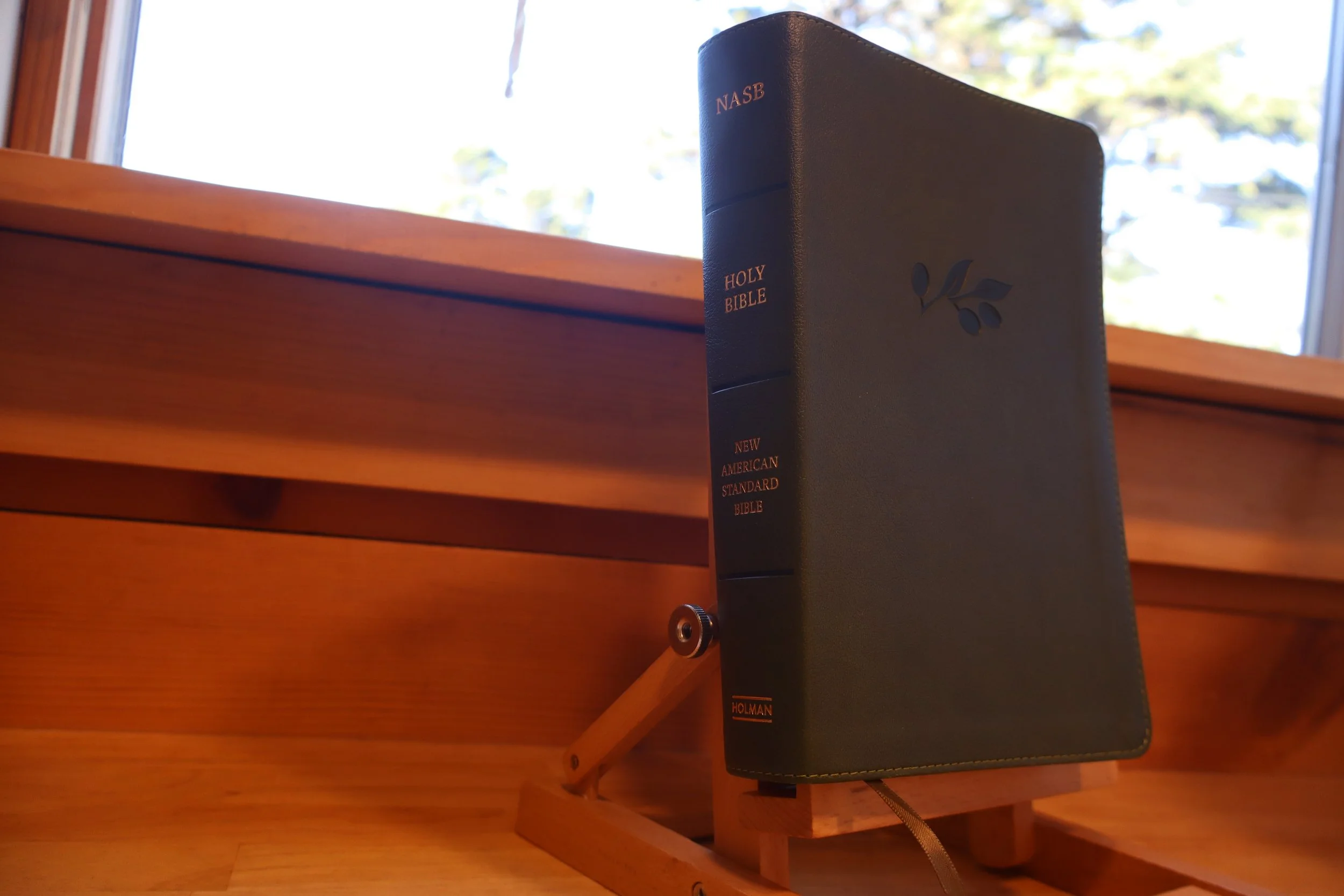The NASB 2020 Edition: A Modern Update to a Classic Translation
The New American Standard Bible (NASB) has long been respected for its accuracy and fidelity to the original biblical texts. The 2020 edition, released by the Lockman Foundation, represents a significant update to this translation, aiming to balance the literalness of the 1995 edition with improved readability and contemporary language usage.
Development and Philosophy
The NASB, first published in 1971, had significant updates in 1977 and 1995, with the 2020 edition being the latest in this lineage of revisions. The translation philosophy of the NASB is formal equivalence, striving to render the original Hebrew, Aramaic, and Greek as literally as possible while ensuring the English is understandable.
The 2020 update was driven by several goals:
Enhanced Accuracy: Where possible, the text was refined to more closely match the nuances of the original languages.
Modern English: Language was updated to align with contemporary English usage, making the text more accessible to today's readers.
Readability: Efforts were made to improve the flow and comprehension of the translation without compromising accuracy.
Key Changes in the NASB 2020
Gender Accuracy: One of the most discussed changes involves gender language. Terms like "brothers" now often include "and sisters" in italics to clarify that both genders are implied in the original text, addressing modern sensitivities to gender inclusivity while maintaining the literalness of the text.
Vocabulary and Idioms: Archaic words were updated to their modern equivalents, and idiomatic expressions were adjusted to better reflect contemporary speech. For example, "let us" was often changed to "let's" in contexts suggesting action or suggestion.
Textual Updates: The 2020 edition reflects updates in biblical scholarship, including insights from newer manuscript discoveries and textual criticism. This is particularly evident in the footnotes, which provide alternative readings or explanations for textual variants.
Formatting: The layout has seen minor changes aimed at readability, with some editions offering single-column formats or different font sizes for better legibility.
Reception and Usage
Scholarly Appreciation: The NASB 2020 is welcomed by scholars for its updated language and continued commitment to literal translation. It's seen as a tool for both study and devotional reading.
Controversy and Discussion: The changes to gender language have sparked debate within some Christian circles, with critics arguing it moves towards a more inclusive but less literal interpretation. However, the NASB's approach has been to clarify rather than fundamentally alter the text's meaning.
Practical Use: For pastors, Bible study leaders, and individuals, the NASB 2020 offers a compromise between the sometimes stilted literalism of older NASB editions and the need for a text that speaks clearly to modern audiences.
Editions: The 2020 NASB is available in various formats, from study Bibles with extensive notes to compact editions for personal study, catering to a wide range of preferences and uses.
The NASB 2020 Edition represents a thoughtful evolution of a translation known for its precision. By updating its language, it seeks to remain relevant in an ever-changing linguistic landscape while holding fast to its commitment to accuracy. This edition ensures that the NASB continues to be a valuable resource for those seeking a Bible that is both true to the original texts and accessible in modern English. Whether for scholarly research, preaching, or personal devotion, the NASB 2020 provides a bridge between ancient scripture and contemporary understanding.


